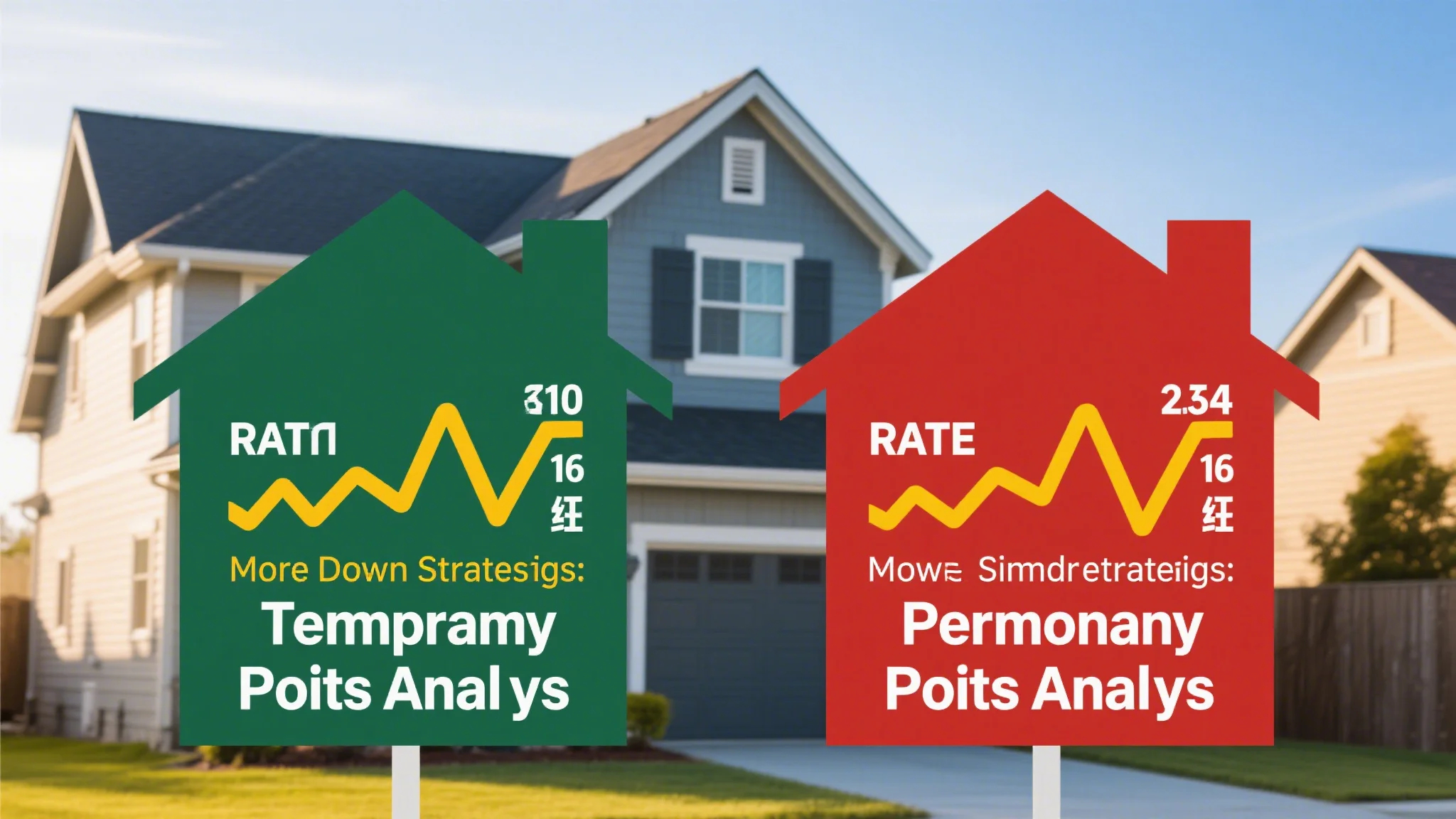How Property Type Influences Mortgage Rates
When considering a mortgage, it’s crucial to understand that not all properties are treated the same. Mortgage lenders assess risk and determine rates based on the type of property you’re purchasing. This part explores how single-family homes, condos, and townhouses influence mortgage rates.

Single-Family Homes: The Gold Standard
Single-family homes are often the most straightforward for lenders. These properties are typically seen as lower risk because they are standalone, reducing liability concerns. Lenders often offer competitive rates due to the reduced risk of shared ownership issues. Homebuyers can expect a variety of mortgage options, including conventional, FHA, and jumbo loans, with rates reflecting the perceived safety of the investment.
Condos: Shared Risks and Liabilities
Condos present unique challenges. Shared ownership means potential issues with other owners or the Homeowners Association (HOA), which can impact property value and lender risk. Lenders may require higher down payments or stricter credit criteria. Additionally, condos may not qualify for certain loan programs, affecting available options and increasing interest rates.
Townhouses: A Middle Ground
Townhouses offer a mix of single-family and condo characteristics. They are often less risky than condos but more complex than single-family homes. Lenders may offer better rates than condos but with stricter guidelines. The shared walls and sometimes shared spaces can influence risk assessments, affecting mortgage terms.
Specialized Properties and Their Impact
Beyond traditional homes, specialized properties like multi-unit homes, vacation homes, and commercial spaces have unique considerations.
Multi-Unit Properties: Higher Risk, Higher Returns
Multi-unit properties, such as duplexes or apartment buildings, are often investment properties. Lenders view these as higher risk due to management complexities and tenant issues. Consequently, interest rates may be higher, and loans may require larger down payments. These properties often attract investors seeking rental income, but the risks involved can influence lender policies.
Vacation Homes: A Second Home, Second Thoughts
Vacation homes are typically investment properties, used seasonally. Lenders may impose higher rates due to the property’s seasonal use and potential vacancy. Down payment requirements are often higher, reflecting the perceived risk. Borrowers should expect less favorable terms compared to primary residences.
Commercial Properties: Balancing Act
Commercial properties, like offices or retail spaces, have distinct risks. Lenders assess factors such as cash flow, rental demand, and market stability. These properties often require higher down payments and interest rates, reflecting the higher risk and complexity involved. Commercial loans may have different structures, such as adjustable-rate loans, to manage market fluctuations.
: Navigating Property Type and Mortgage Rates
Understanding how property type influences mortgage rates is key to making informed decisions. Each property type presents unique risks and opportunities, affecting lender policies and borrower options. Whether purchasing a single-family home or a commercial property, researching and understanding these factors can help secure favorable terms and a successful mortgage experience.
By exploring the nuances of each property type, borrowers can better navigate the mortgage landscape, ensuring they make the best choices for their financial future.



